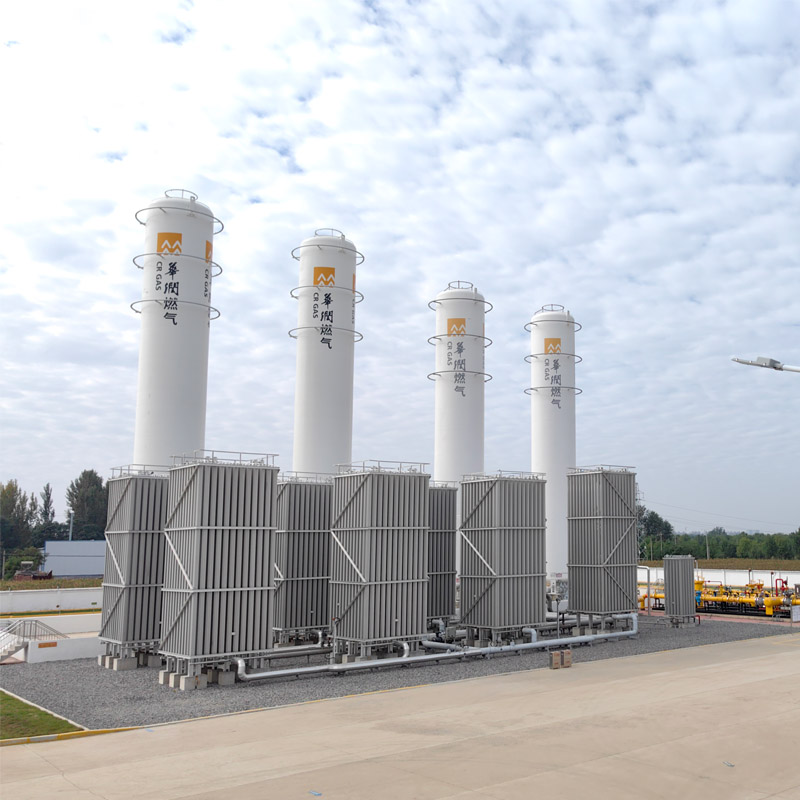
7 月 . 26, 2024 05:28
Back to list
Exploring the Role of Natural Gas Distribution Stations in Modern Energy Infrastructure and Supply Chain
The Role and Importance of Natural Gas Distribution Stations
Natural gas has become an essential component of our energy ecosystem, providing efficient and cleaner energy for residential heating, electricity generation, and industrial processes. The infrastructure supporting this vital energy source, particularly natural gas distribution stations, plays a crucial role in ensuring its effective delivery to end-users.
Natural gas distribution stations serve as pivotal hubs in the energy supply chain. These facilities receive natural gas from transmission pipelines, where it has been transported over long distances under high pressure. At the distribution station, the gas is processed and reduced to lower pressures suitable for residential and commercial use. This process ensures that the gas reaches consumers safely and efficiently.
One of the key functions of a natural gas distribution station is to regulate pressure. The gas received from transmission pipelines can be at a pressure that is too high for direct delivery to consumers. Therefore, distribution stations are equipped with pressure-reducing valves that adjust the gas pressure to safe levels. This not only protects the infrastructure downstream but also ensures the safety of consumers.
Additionally, natural gas distribution stations are responsible for monitoring the quality of the gas. Ensuring the gas is free from impurities and meets specific quality standards is essential for both safety and performance. Facilities often include gas sampling and analysis systems that continuously monitor the gas to detect any contaminants or anomalies. This commitment to quality helps to prevent potential issues in appliances and heating systems that use natural gas.
natural gas distribution station

The infrastructure at natural gas distribution stations is not solely mechanical; it also incorporates advanced technology to enhance safety and efficiency. Automated systems and real-time monitoring help manage gas flow and detect leaks or malfunctions instantly. In the event of a leak, the system can respond swiftly to mitigate risks, ensuring the safety of the community and the environment.
Moreover, with the growing emphasis on sustainability and reducing carbon emissions, natural gas distribution stations are increasingly integrating renewable energy sources. Some facilities are exploring the blending of biogas—a renewable form of natural gas produced from organic material—with traditional natural gas. This practice can significantly decrease the carbon footprint of natural gas consumption, providing cleaner energy solutions for consumers.
Despite their vital role, natural gas distribution stations must also navigate challenges such as regulatory compliance, maintenance, and the evolving energy market. Regulatory requirements ensure that these stations operate safely and within environmental guidelines, while effective maintenance is critical to avoid disruptions in service. Additionally, with the rise in renewable energy sources and shifts toward electrification, the demand and role of natural gas are evolving, presenting both challenges and opportunities for distribution stations.
Community engagement is another important aspect of natural gas distribution stations. These facilities often operate within neighborhoods, and maintaining a positive relationship with the local community is essential. Transparency regarding operations, safety measures, and environmental impact can build trust with residents, fostering a collaborative approach to energy distribution.
In conclusion, natural gas distribution stations are fundamental to the energy landscape, facilitating the safe and efficient delivery of natural gas to consumers. As the energy sector continues to evolve, these facilities will adapt to meet new demands, integrate advanced technologies, and contribute to a more sustainable energy future. With their critical operational roles and commitment to safety and quality, natural gas distribution stations will remain key players in the global energy narrative.
Latest news
-
Unlocking The Quality Gas Pressure ReducersNewsNov.01,2024
-
The Role of Gas Pressure Reducing StationsNewsNov.01,2024
-
The Importance and Functionality of Safety Relief ValvesNewsNov.01,2024
-
The Essential Role of Safety Valves in Natural Gas ApplicationsNewsNov.01,2024
-
The Essential Role of Gas Pressure RegulatorsNewsNov.01,2024
-
Enhance Your Premium Gas FiltersNewsNov.01,2024

